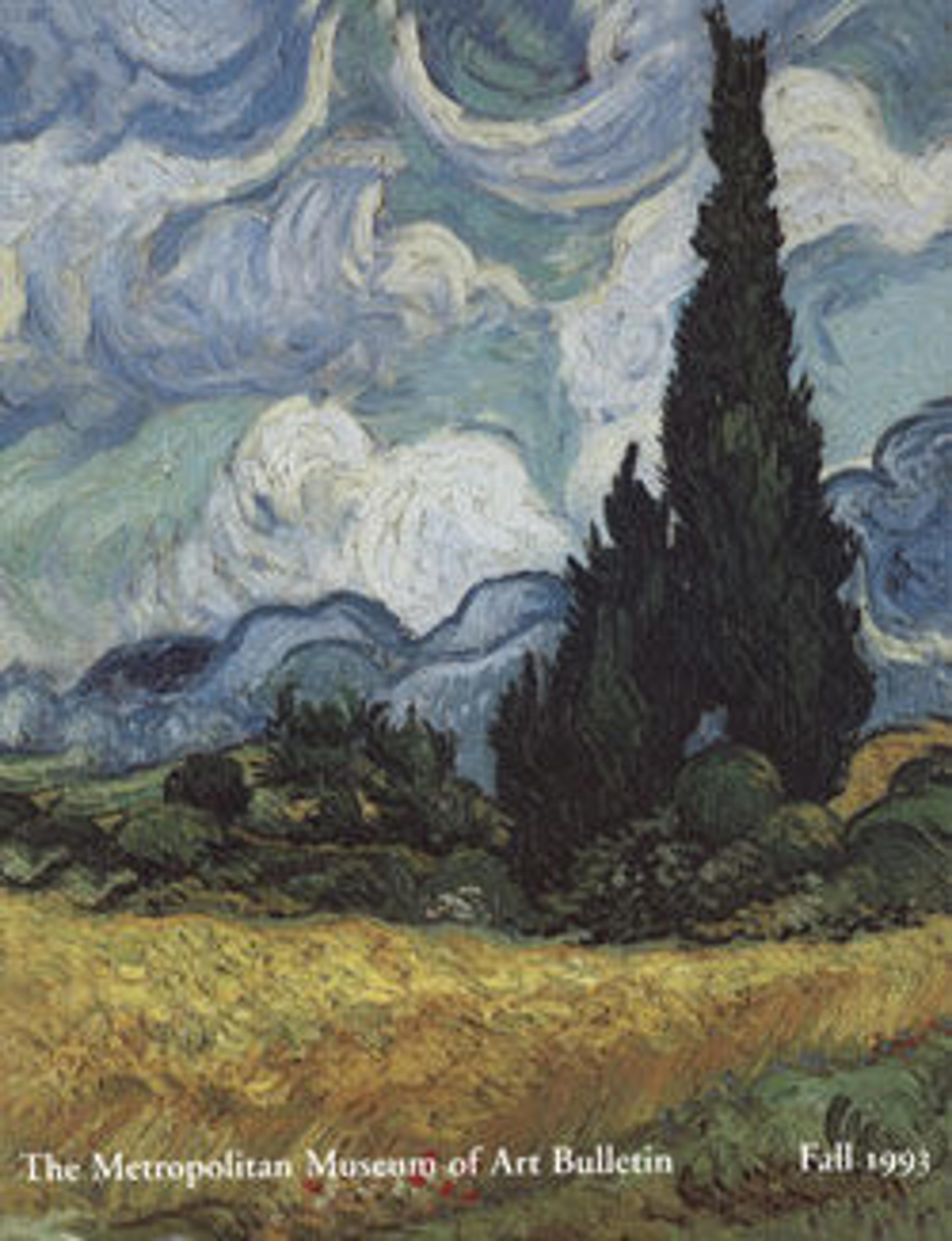[Farmyard Scene]
Although made by a virtual unknown, this photograph possesses the aesthetic sophistication and technical mastery of the most advanced works of the 1850s. Unlike his Parisian counterparts, however, this artist exploited the large scale and dramatic lighting commonly reserved for the depiction of monumental architecture and historic statuary for a rustic, vernacular scene.
Renewed attention to seventeenth-century Dutch genre scenes spurred an interest among pre-Impressionist painters in the motif of the humble cottage, most often centering on the structure in the context of a landscape or on its role as a setting for manual labor, as in the work of Jean-François Millet. In this photograph, a whirlwind of disorder and patchwork of intense light and shadow, the half-timbered, thatch-roofed barn and farmyard implements—rakes, baskets, butter churns, buckets—suggest the activity of rural life. The innovative pictorial approach, with multiple and competing points of focus, closely parallels a natural way of seeing the world.
Artwork Details
- Title:[Farmyard Scene]
- Artist:V. Dijon (French)
- Date:1850–54
- Medium:Albumen silver print from paper negative
- Dimensions:27 x 29.9 cm (10 5/8 x 11 3/4 in.)
- Classification:Photographs
- Credit Line:Purchase, The Horace W. Goldsmith Foundation Gift through Joyce and Robert Menschel, Samuel J. Wagstaff Jr. Bequest, and Pfeiffer Fund, 1993
- Object Number:1993.70
- Curatorial Department: Photographs
More Artwork
Research Resources
The Met provides unparalleled resources for research and welcomes an international community of students and scholars. The Met's Open Access API is where creators and researchers can connect to the The Met collection. Open Access data and public domain images are available for unrestricted commercial and noncommercial use without permission or fee.
To request images under copyright and other restrictions, please use this Image Request form.
Feedback
We continue to research and examine historical and cultural context for objects in The Met collection. If you have comments or questions about this object record, please contact us using the form below. The Museum looks forward to receiving your comments.
